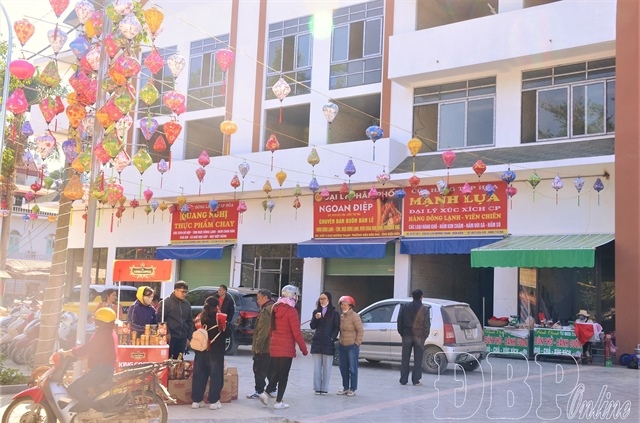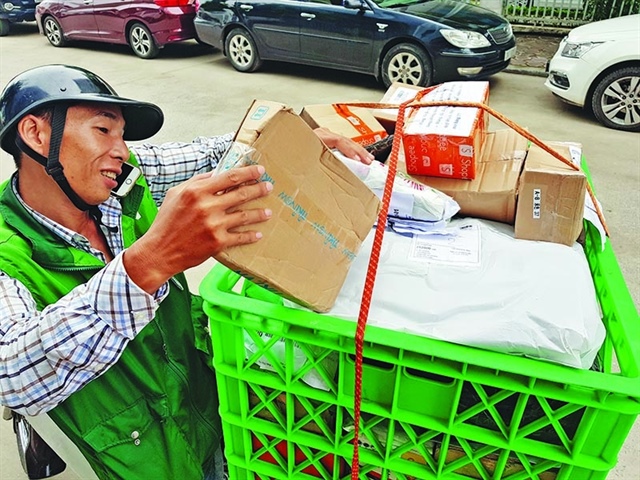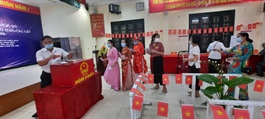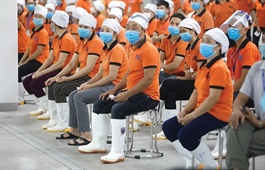COVID-19-hit workers should benefit from $2.6 billion aid package
COVID-19-hit workers should benefit from $2.6 billion aid package
The Vietnam General Confederation of Labour (VGCL) has recently recommended the Government use its VND62 trillion (US$2.6 billion) aid package to support workers affected by the COVID-19 pandemic. 
It suggested that beneficiaries be extended to include COVID-19-affected workers, especially those receiving treatment for COVID-19, those staying in concentrated quarantine sites, those under quarantine at home, and those residing in locked-down areas.
In a document sent to the Prime Minister on Wednesday, the VGLC said this fourth COVID-19 wave has been complicated and has spread rapidly in several industrial parks.
The country has logged thousands of COVID-19 infections and tens of thousands of people are classified as “F1” and “F2”, many of whom are members of trade unions.
Since the number of infections is rising each day, hundreds of enterprises have been forced to cease operations, which threatens supply chains and results in hundreds of thousands of workers losing their jobs.
The VGCL and the Vietnam Chamber of Commerce and Industry have worked together to call on enterprises and business establishments to purchase vaccines to inoculate their employees and also to support the COVID-19 Vaccine Fund.
The VGCL Presidium also suggested the Prime Minister add workers to the list of priority groups for COVID-19 vaccination so as to reduce the risk of outbreaks at industrial parks.
It was also recommended that the Prime Minister continue to direct local authorities to work with trade unions, enterprises, and individuals to ensure the safety of workers undergoing COVID-19 treatment and those under quarantine, while providing special support to employees with serious diseases or suffering from workplace accidents, pregnant workers, and those with small children.
The Government passed the $2.6 billion financial support package last year for poor people and businesses affected by the pandemic. It targets six categories of individuals and businesses, including poor and near-poor households, workers who are furloughed or put on leave without pay, and household businesses.



























